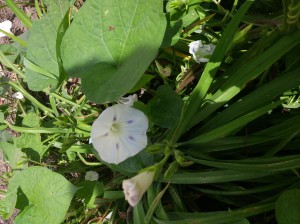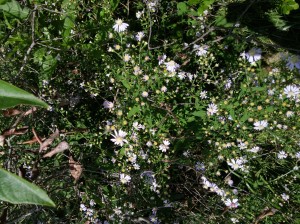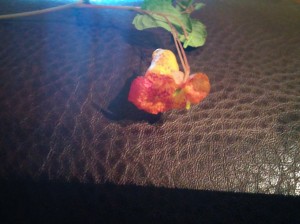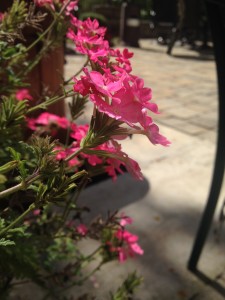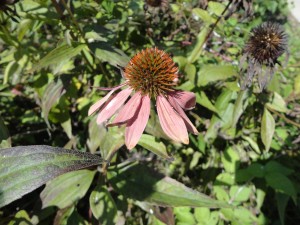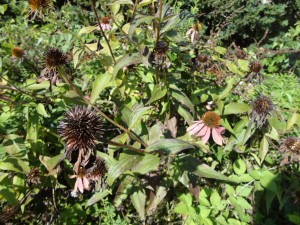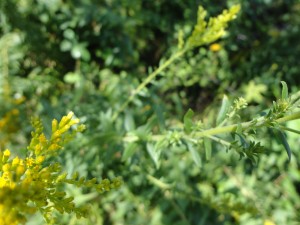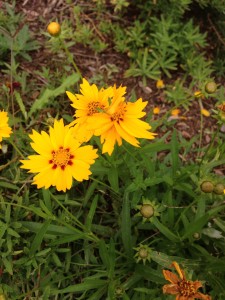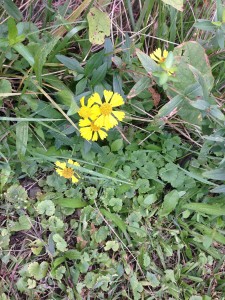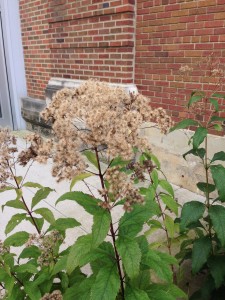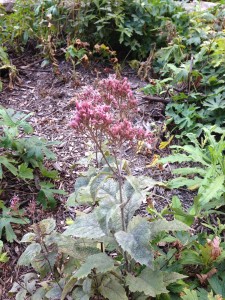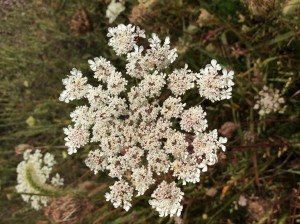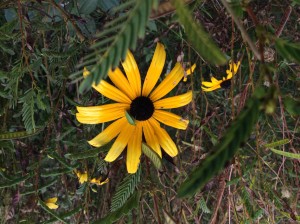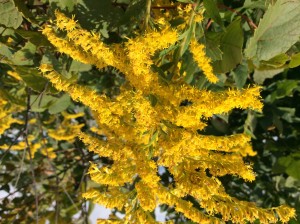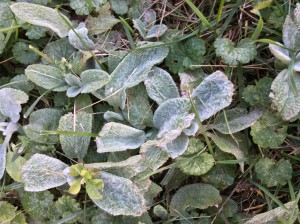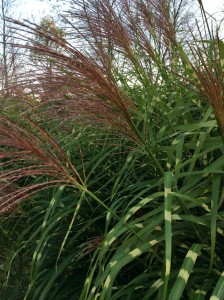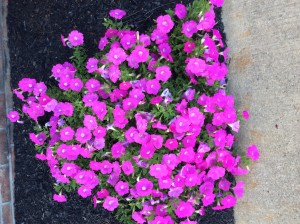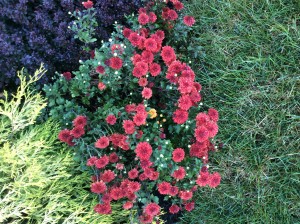 This is Impatiens pallida also known as pale “touch me not”. This plant is a member of the family balsaminaceae. It is a native species to Ohio and another one listed in Newcombs is as well which is Impatiens capensis. This plant was found growing along an edge on top of the dam near the footbridge over the Olentangy River south of the OSU wetlands on September 17, 2014. It was fairly open where it was found with small shrubs such as Lonicera spp. and some other small trees. Easy ways to determine this plant is by the unique flower. It is zygomorphic or irregular and has a bowl underneath three lobed petals on the flower. It has alternate leaf arrangement along the stem meaning the leaves are staggered on different sides of the stem, but not at the same point, and the leaves are serrate meaning they look like a knife on the leaf edge. Lastly this flower is yellow and has light green seed pods that when touched lightly will explode, hence the name “touch me not”
This is Impatiens pallida also known as pale “touch me not”. This plant is a member of the family balsaminaceae. It is a native species to Ohio and another one listed in Newcombs is as well which is Impatiens capensis. This plant was found growing along an edge on top of the dam near the footbridge over the Olentangy River south of the OSU wetlands on September 17, 2014. It was fairly open where it was found with small shrubs such as Lonicera spp. and some other small trees. Easy ways to determine this plant is by the unique flower. It is zygomorphic or irregular and has a bowl underneath three lobed petals on the flower. It has alternate leaf arrangement along the stem meaning the leaves are staggered on different sides of the stem, but not at the same point, and the leaves are serrate meaning they look like a knife on the leaf edge. Lastly this flower is yellow and has light green seed pods that when touched lightly will explode, hence the name “touch me not”
 This is Helenium autumnale also known as sneeze weed. It is a member of the family asteraceae and is native to Ohio. This plant was found down in the OSU wetland surrounded by young Salix sp. and other members of asteraceae. It was found on September 17, 2014. Another Helenium alutumnale was found further south growing in the bank of the Olentangy River.
This is Helenium autumnale also known as sneeze weed. It is a member of the family asteraceae and is native to Ohio. This plant was found down in the OSU wetland surrounded by young Salix sp. and other members of asteraceae. It was found on September 17, 2014. Another Helenium alutumnale was found further south growing in the bank of the Olentangy River.
 This is Aster novae-angliae or New England aster. This plant was found along the edge of the bike trail at the OSU wetlands on September 17, 2014. Like the sneeze weed this a member of the family asteraceae. The other plants surrounding it mostly were Sarix sp. and Lonicera sp. and Toxicodendron radicans.
This is Aster novae-angliae or New England aster. This plant was found along the edge of the bike trail at the OSU wetlands on September 17, 2014. Like the sneeze weed this a member of the family asteraceae. The other plants surrounding it mostly were Sarix sp. and Lonicera sp. and Toxicodendron radicans.
